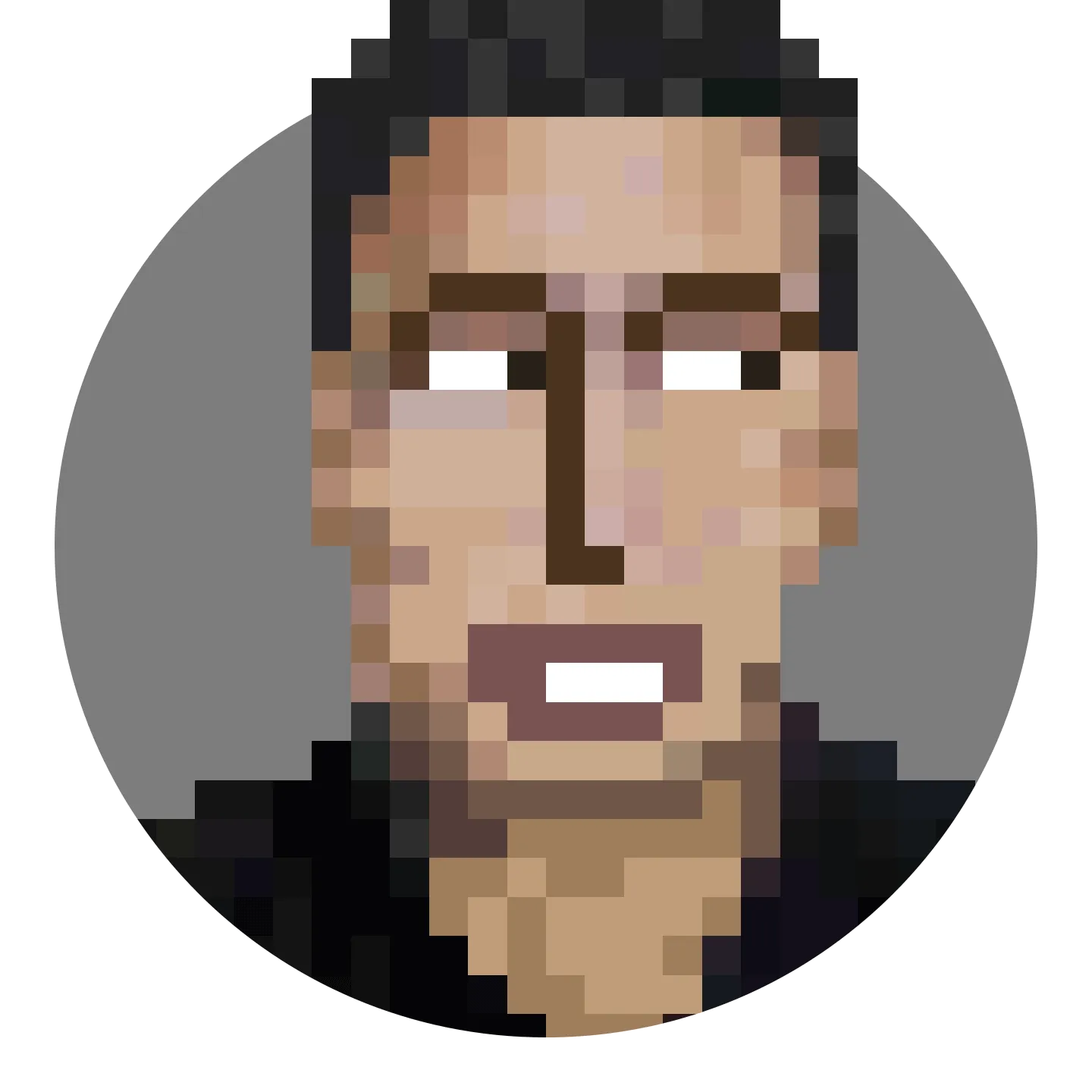Audio Presented by

Director of Content @ISNation & HackerNoon's Editorial Ambassador by day, VR Gamer and Anime Binger by night.
About Author
Director of Content @ISNation & HackerNoon's Editorial Ambassador by day, VR Gamer and Anime Binger by night.